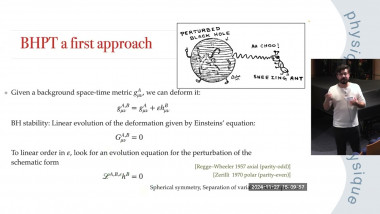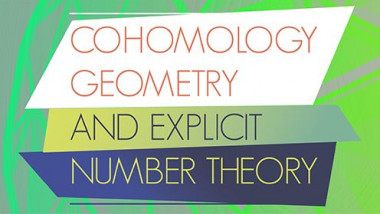Appears in collection : Balzan Lectures
The first pulsar in a binary system (PSR B1913+16) was discovered in the summer of 1974 by Russell Hulse and Joseph Taylor. In the fifty years since this pioneering discovery, many more binary pulsars were discovered, including remarkable systems such as the double binary pulsar PSR J0737−3039A/B (with two active radio pulsars detectable from the Earth), and the triple system PSR J0337+1715. Binary pulsars have triggered many research works in theoretical gravity, and have opened up new experimental windows on relativistic gravity. The comparison between binary-pulsar timing data and theoretical predictions has notably provided the first direct observational proof that gravity propagates at the velocity of light, and the first accurate tests of the strong-field regime of relativistic gravity. To celebrate 50 years of binary-pulsar physics, two complementary Balzan lectures will present reviews of: (1) the theoretical works triggered by the discovery of binary pulsars; and (2) the state-of-the-art of binary pulsar observations and of their scientific content.
















